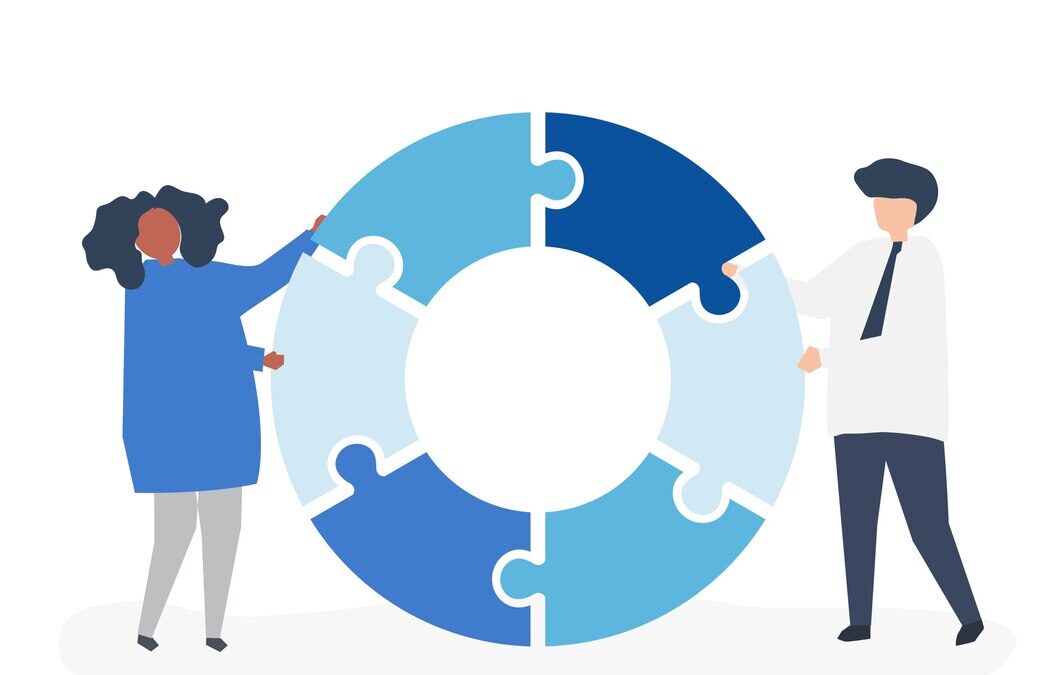Online communities thrive on uncertainty. But many community professionals still reach for rigid strategic plans over flexible experimentation. What if we embraced unpredictability instead?
In recent years, many community professionals, especially those entering the space amid the pandemic and Web3/NFT boom, have craved more structure and planning models to apply to their work. It’s not unusual to see community managers share Notion templates, editorial calendars, budget sheets, and various frameworks to impose order on community building.
This desire for repeatable processes is understandable – as a relatively new profession, community management lacked established playbooks. The instinct is often to compensate by over-planning. I suspect that many of us also hoped structured processes would earn respect for community work as a complex discipline, not just an “easy” job.
However, as agile software teams realized long ago, excessive rigidity through linear, rote processes (i.e., waterfall development) fails in a volatile, uncertain, complex, and ambiguous (VUCA) world. Regularly.
While some structure is useful, today’s unpredictable environments require adopting flexible planning approaches.
Concepts like agility, optionality, and antifragility allow for controlled improvisation. They balance the need for high-level vision with embracing uncertainty through iterative experimentation.
As community builders, we can tap into these methods to create resilient and adaptable plans. The answer lies between overly rigid strategic plans and complete ad-hoc anarchy.
Agility, antifragility and optionality
While rigid strategic plans falter in uncertain conditions, what practical frameworks can community builders use instead? Two related terms can provide guidance: agility and antifragility.
Agility emphasizes adapting quickly to change. It originated in software development, which shifted from rigid “waterfall” processes to nimble, iterative models. But agility is now a business mindset for thriving amid volatility.
Building on agility, author Nassim Taleb introduced antifragility—systems that benefit from stress, disorder, or “harms.” As a trader, he saw how properly structured bets could gain from market swings. Antifragile systems improve under stressors that harm fragile ones.
Think of the Marvel Comics superhero, the Incredible Hulk. Central to his character is an ability to thrive upon stressors: literally the more he gets angry (stressed out), the stronger he becomes.
Three key characteristics help to together define antifragility:
- Asymmetry – the potential gains outweigh potential losses
- Convexity – the benefits curve upward more steeply than the potential harms
- Optionality – the flexibility to pivot under uncertainty (roughly equivalent to agility)
With these properties, unpredictability becomes an advantage.
Applying antifragility to community growth strategies
Now that we’ve explored the core concepts behind antifragility, let’s examine how asymmetry, convexity, and optionality can be practically applied to key online community growth strategies.
While rigid planning may appear safer and is easier to communicate, it can artificially limit potential upside. Building in flexibility provides the opportunity to capture greater benefits amid uncertainty.
In the following section, we’ll outline examples of antifragile tactics for growing various facets of a community, from engagement to revenue streams.
By embracing optionality, community managers can craft agile, resilient plans that thrive on unpredictability rather than simply trying to avoid it through excessive structure. The goal is to balance creativity with stability. Let’s explore how that is achieved across different growth goals.
| Community Growth Strategy | Asymmetry Applied More win than lose | Convexity Applied Big gains, small pains | Optionality Applied Agility to pivot |
| Membership Growth | Focus on high-value members rather than total numbers. | Provide more value to members than required effort for members to join. | Experiment with different member outreach approaches. |
| Engagement Growth | Allow flexibility in participation methods | Recognize all contributions, small or large. | Enable members to pivot how they engage over time. |
| Retention Growth | Prioritize understanding of member needs. | Strengthen member relationships and sense of belonging. | Continuously adapt retention programs based on feedback. |
| Content Creation | Emphasize quality over quantity guidelines. | Encourage members to build on others’ content. | Accommodate a wide range of contribution formats. |
| Knowledge Sharing | Reward helping others over rigid targets. | Make it easy to share knowledge vs. hoard it. | Develop streamlined flows for exchanging expertise. |
| Advocacy Growth | Highlight authentic brand connections. | Amplify member initiatives supporting the brand. | Support grassroots advocacy efforts. |
| Collaboration Growth | Focus on member needs rather than mandated projects. | Create open infrastructure for joint work. | Enable members to self-organize collaborations. |
| Innovation Growth | Pilot experiments before large product bets. | Gather member ideas in interactive workshops or via an ideation feature. | Develop rapid prototyping capabilities leveraging the community. |
| Revenue Growth | Test revenue models through phased experimentation. | Ensure monetization provides member value. | Continuously evaluate and optimize models. |
| SEO Growth | Add content incrementally vs. bulk uploads. | Make community information more discoverable. | Provide internal cross-linking to related resources. |
| Customer Support | Address knowledge gaps efficiently. | Provide self-help resources proactively. | Rapidly create helpful content based on peer help discussions. |
Illustration: Antifragile Tactics for Membership Growth
Let’s break down membership growth strategy from the list above as a concrete example. Many communities aim to expand their member base, so this broad strategy should work well. In an antifragile approach, membership growth might emphasize member quality over the vanity metric of signups.
In short, an antifragile approach to membership growth would take to heart the quote from Ram Sethi, author of I Will Teach You To Be Rich, who said, “I’d rather have 100 people who care instead of 1,000 people who don’t.”
There is asymmetry in being highly selective about which members to invite rather than maximizing total signups. The downside is potentially missing some members. But the upside is higher engagement and advocacy from members who find true value.
A selective member approach also creates a convex payoff curve. The downside of missing signups is linear – each person turned away is one lost member. But the benefits of involved members is exponential, driving referrals, content creation, and organic growth.
Finally, optionality allows implementing selective membership growth tactics in multiple, adaptive ways:
- Experiment with different member outreach approaches to see what converts best.
- Start out by being highly selective, then expand your criteria over time based on results.
- Offer free trials or preview access to the community, so that lower-value members can still sample.
- Send periodic surveys to re-evaluate the membership criteria that works.
- Talk to members who churned to understand if membership criteria should change.
- Build member pathways that allow earning greater access over time.
- Analyze member cohorts regularly to inform criteria adjustments.
- Keep screening requirements simple to modify easily as needed.
- Asymmetric focus on value over volume combined with continuous optionality provides a resilient, antifragile membership growth approach.
By incorporating elements like asymmetry, convexity, and optionality, you not only make your growth strategies more resilient, but also antifragile—able to benefit from unpredictable events.
Communicating the Antifragile Approach to Leadership
It’s one thing to apply antifragile tactics; it’s another to communicate the value of these to skeptical leaders. Leadership often perceives structured planning as less risky, so the challenge lies in demonstrating the structured flexibility of an antifragile approach.
Here’s how to do it:
- Point to Past Events: Use recent disruptions to the company’s operations as case studies. For instance, during a recent server outage, the community could have acted as a first-response team, using social media to reassure customers, thereby positively impacting brand sentiment.
- Showcase Community Advocacy: Mobilize your community’s advocacy program as a defense mechanism for the brand. Show how community advocates can take to social platforms to support the brand during crises. This isn’t ad hoc; it’s a planned reaction to unplanned events, and it showcases the community’s value in real terms.
By presenting this balanced approach, you illustrate that your planning is neither entirely rigid nor completely open-ended. Ideally, this should impress leadership with your planning acumen, while making room for the inherent unpredictability of community management.
Conclusion
Finding the right balance between rigid plans and improvisation is crucial for community growth. Antifragility gives you the tools to build community strategies that are not just robust or resilient, but that can actually thrive amid uncertainty.
So how have you, as community managers, incorporated flexibility into your planning? What were the results? Did you find it easy to communicate this adaptable approach to leadership and other stakeholders? I’d love to hear your experiences.
Disclosure: This blog was written with iterative assistance from Claude, ChatGPT, and Bard LLM’s.

